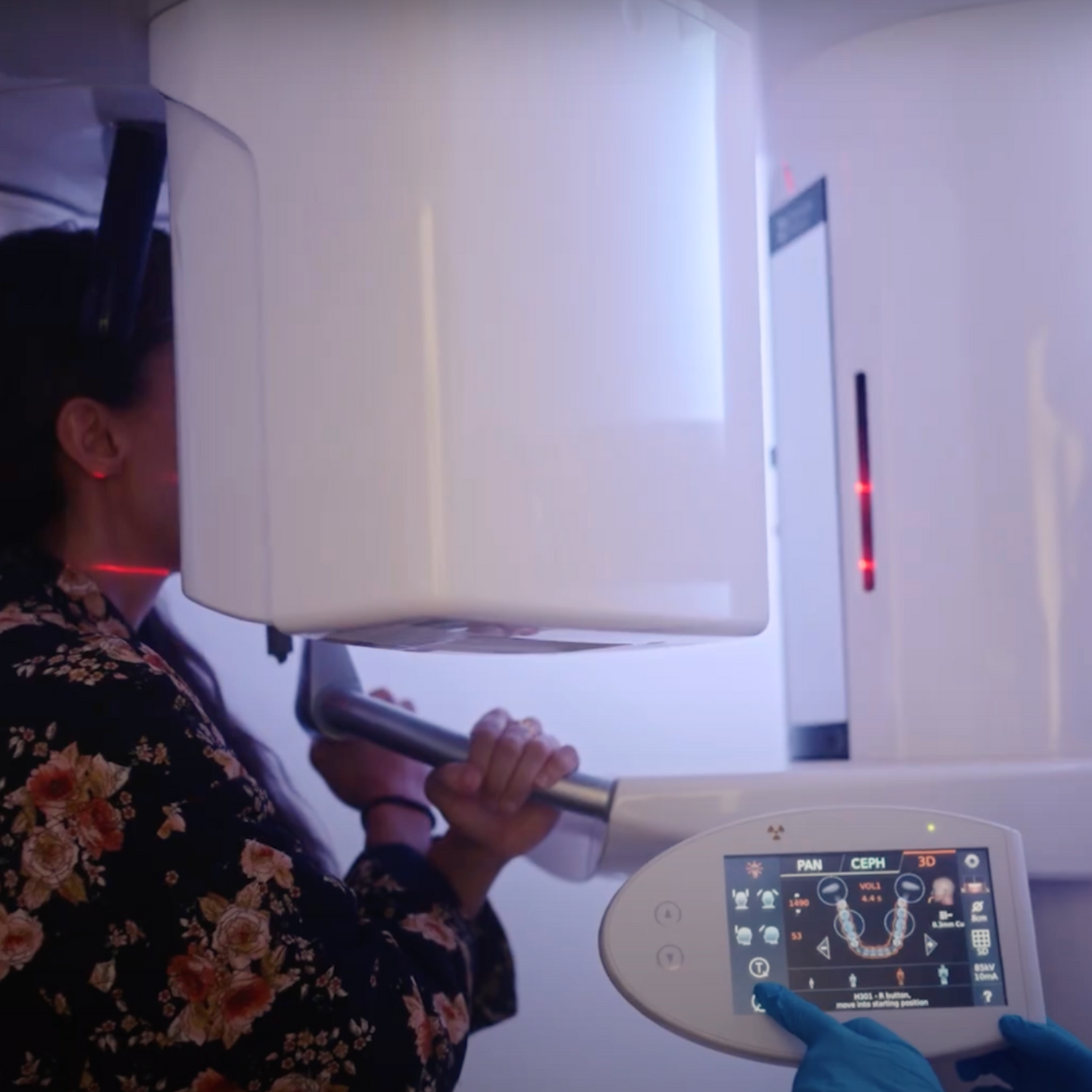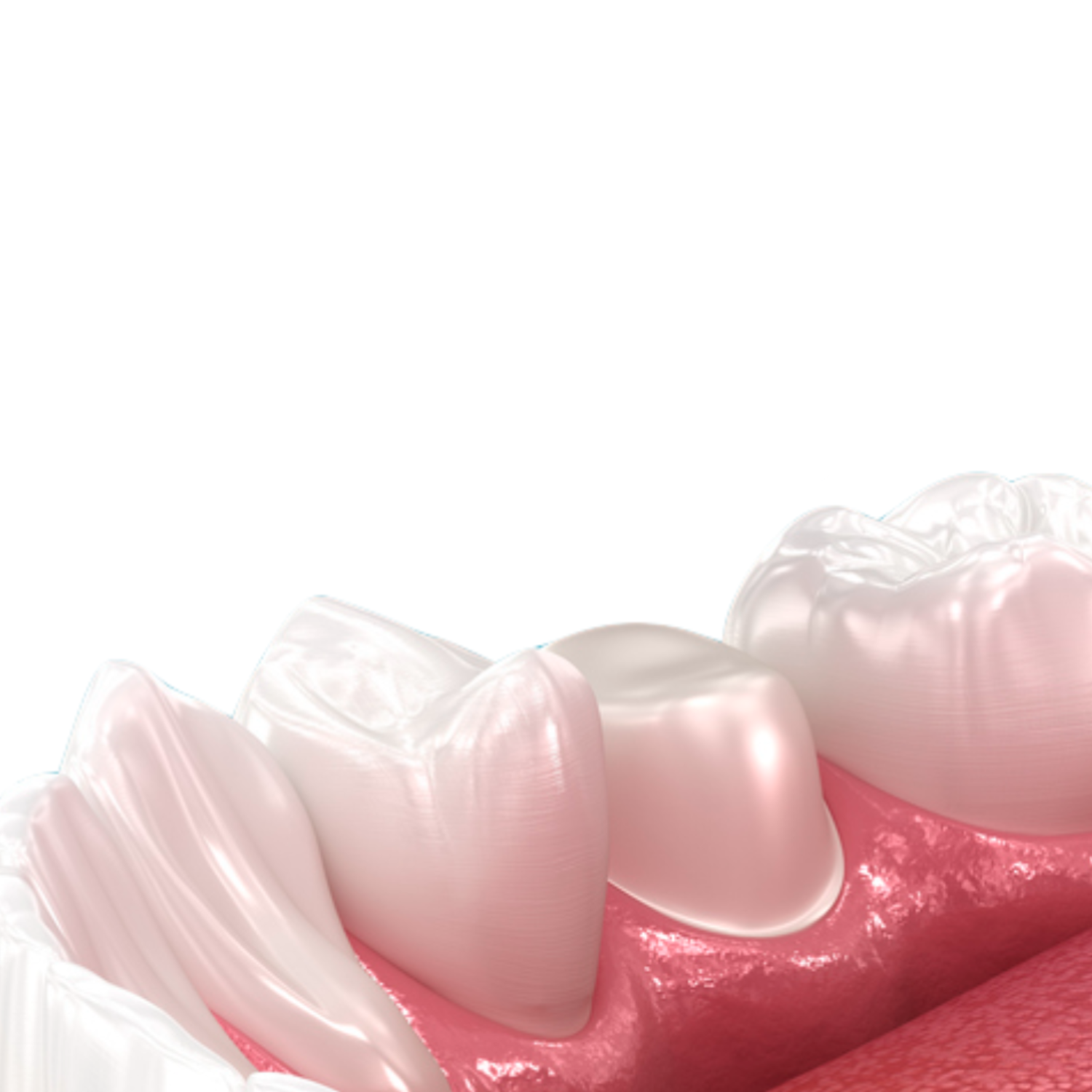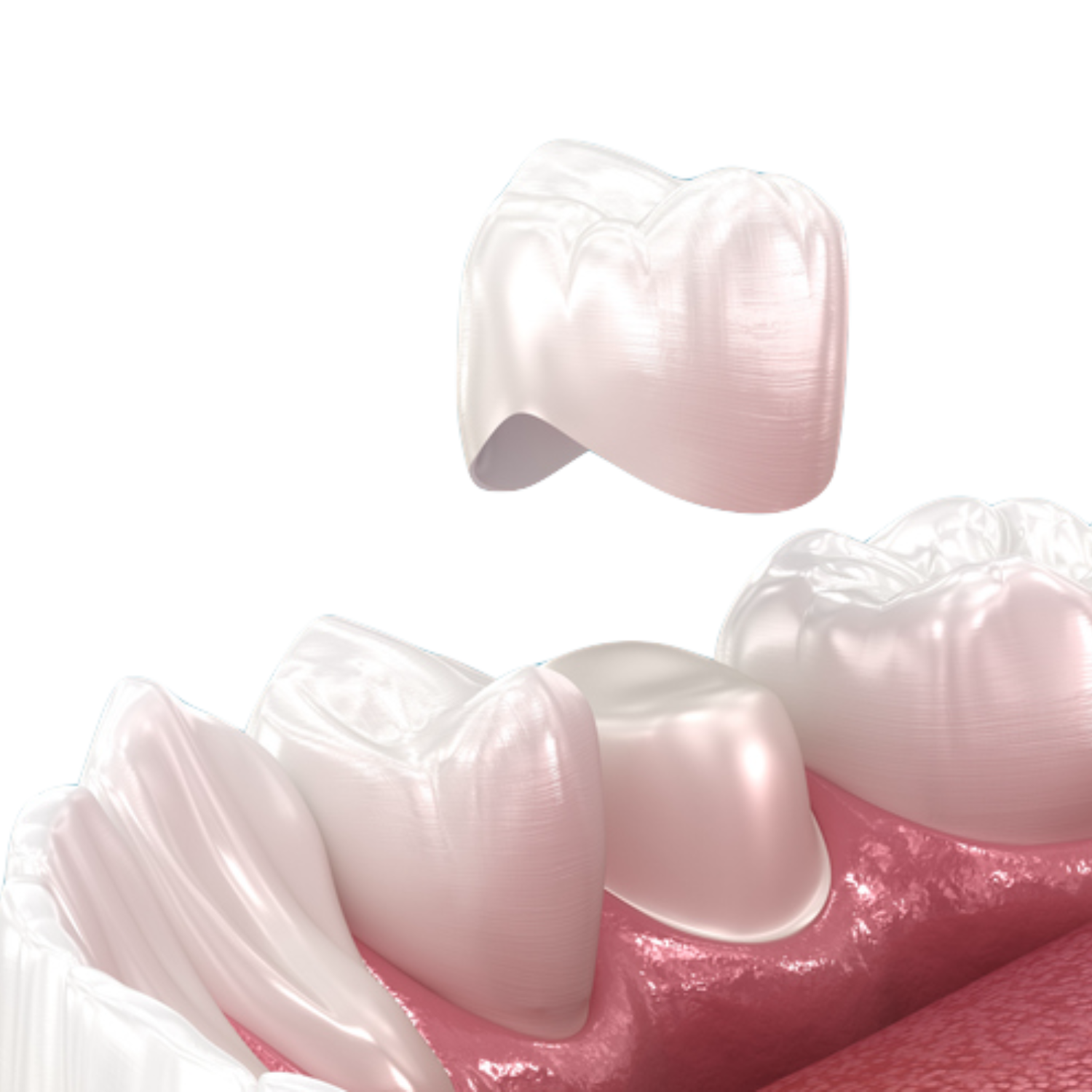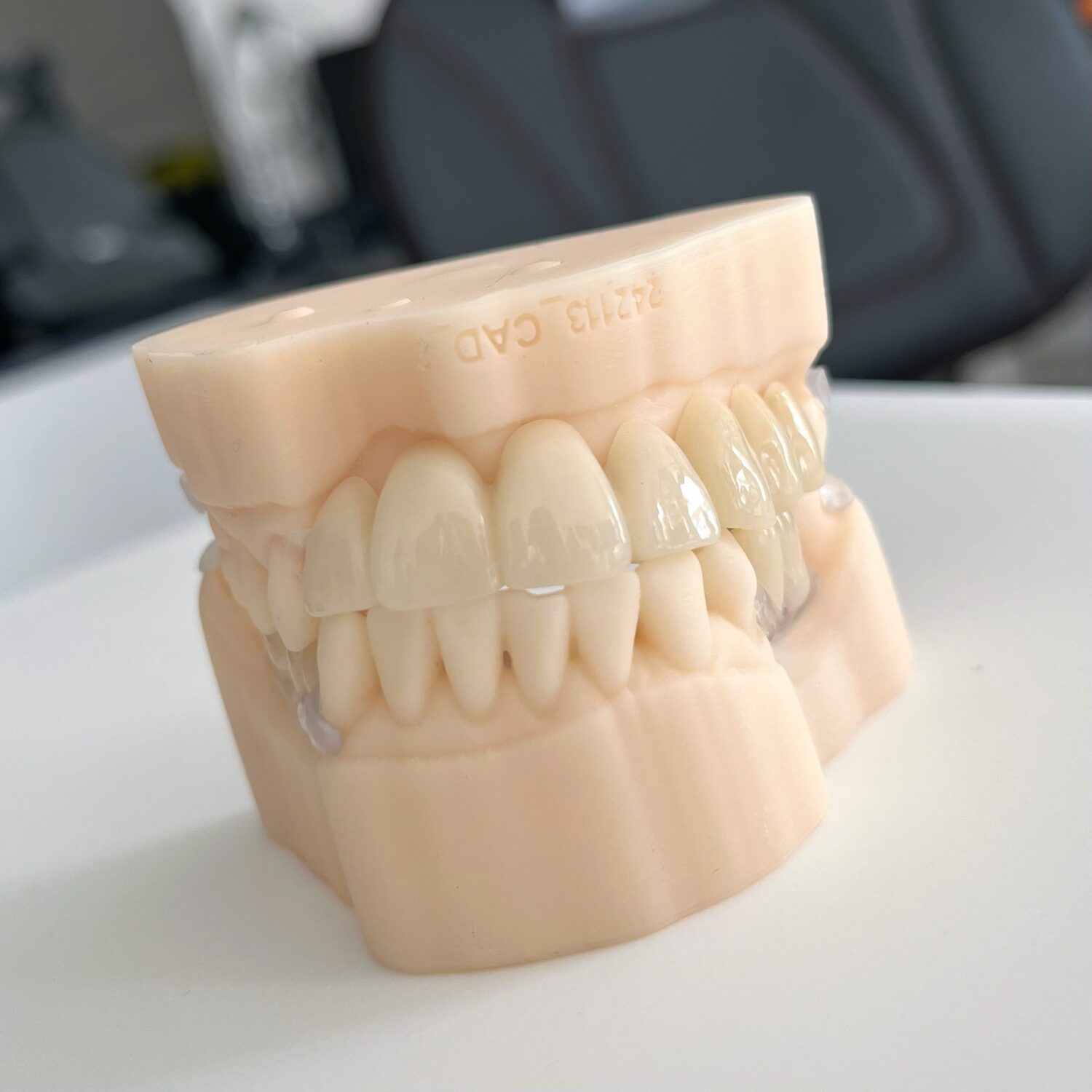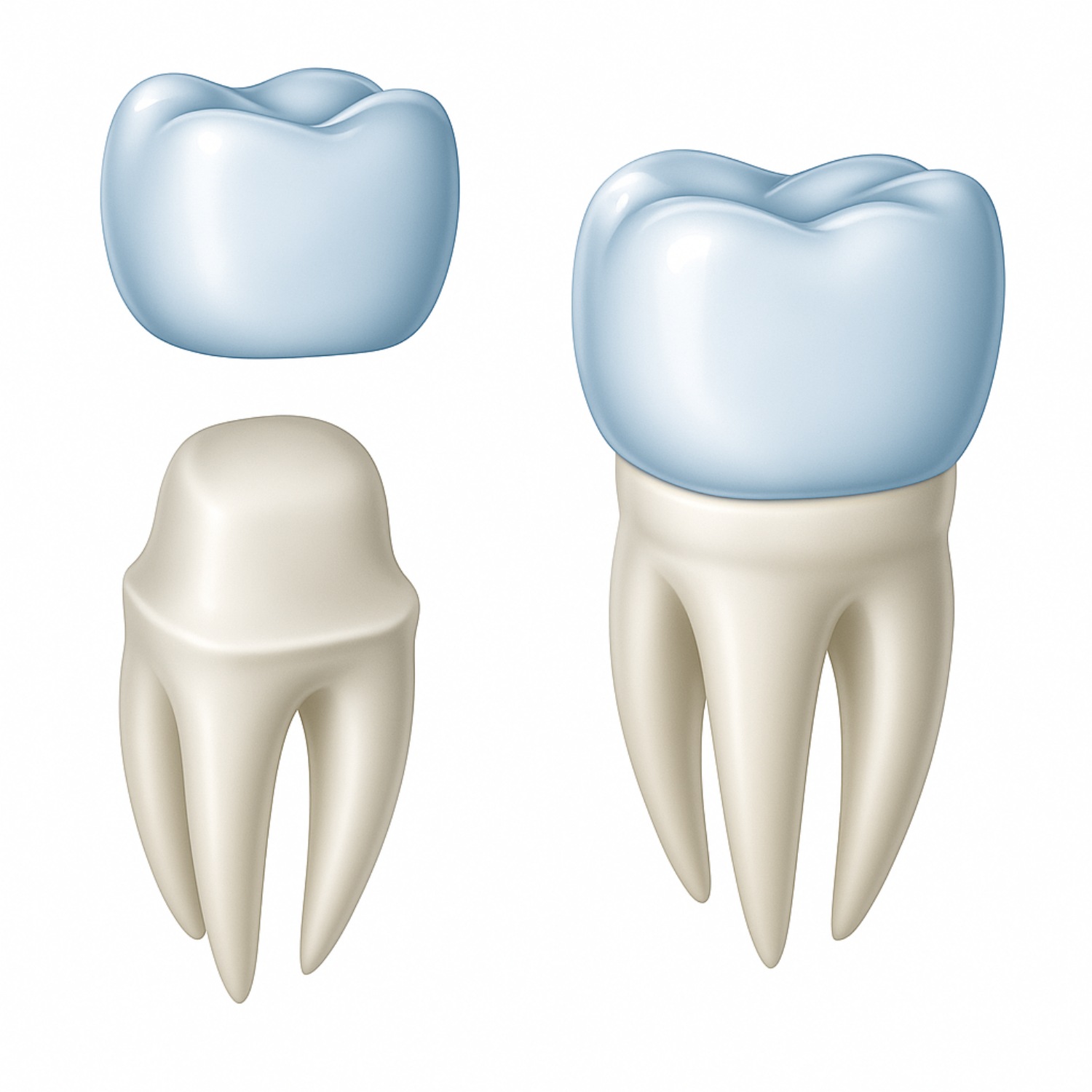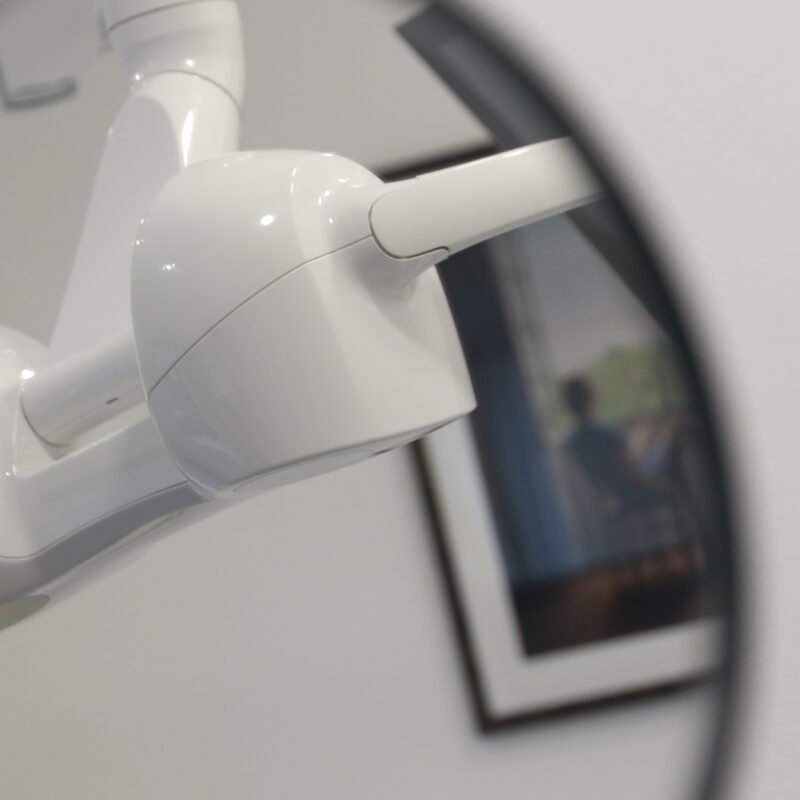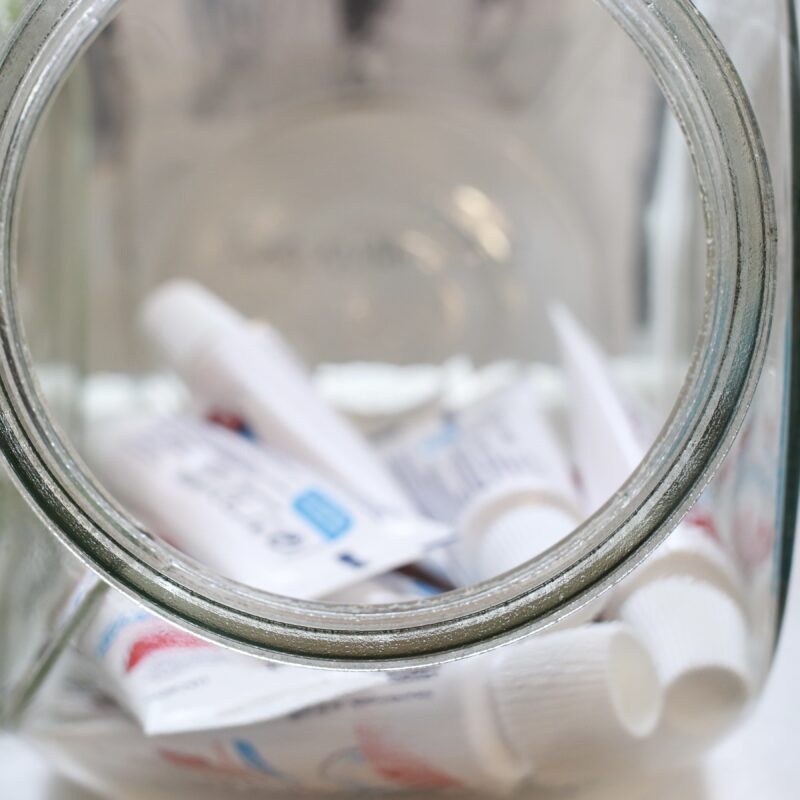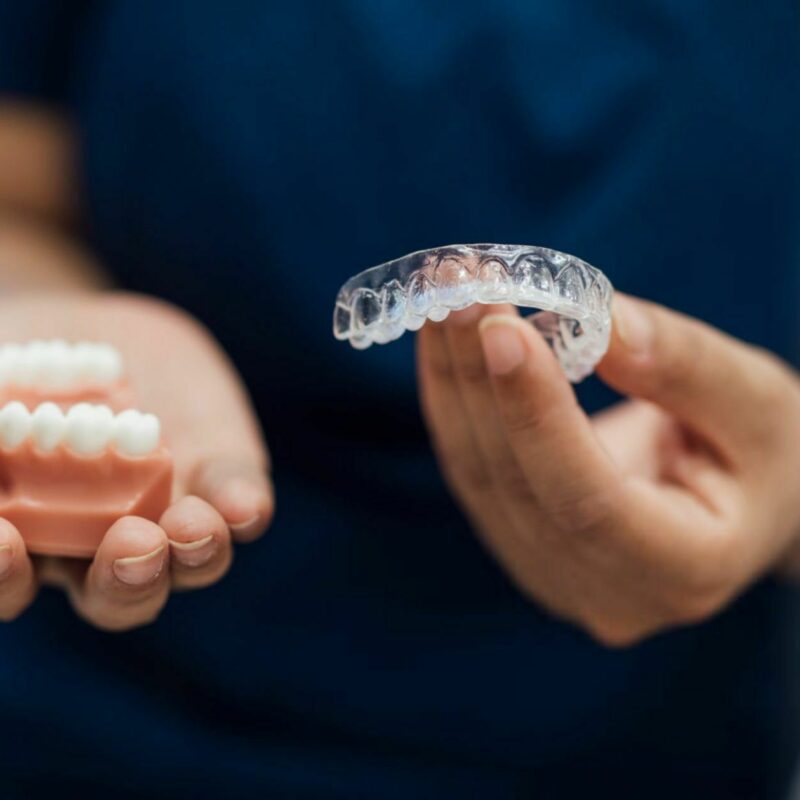Dental crowns are a proven and long lasting solution when it comes to restoring a damaged or weakened tooth.
Dental crowns can be used to repair fractured, worn, broken down, and extensively restored teeth or protect cracked teeth or teeth that have been repaired with a root canal.
Where teeth appear discoloured, misshapen, crowded or spaced, or just tired, crowns can be extremely versatile in improving the appearance of teeth.
In this blog, we’ll walk you through every stage involved in the provision of a dental crown—from the initial consultation to the final placement—so you know exactly what to expect during your treatment journey.


